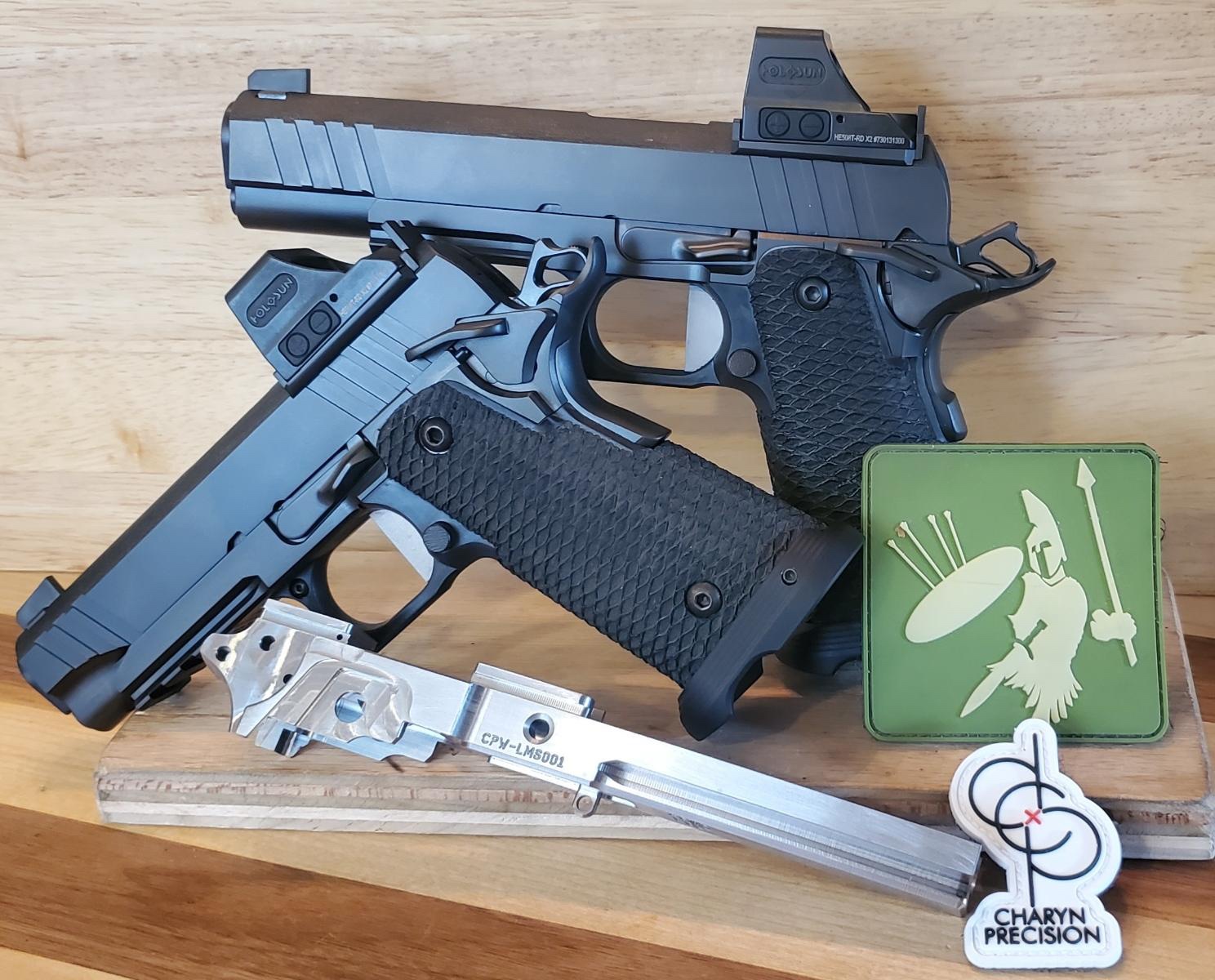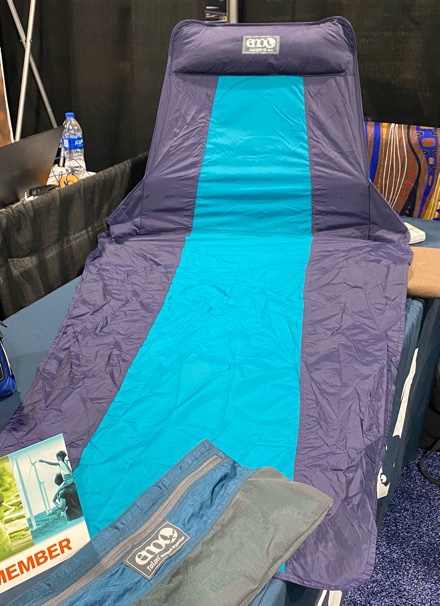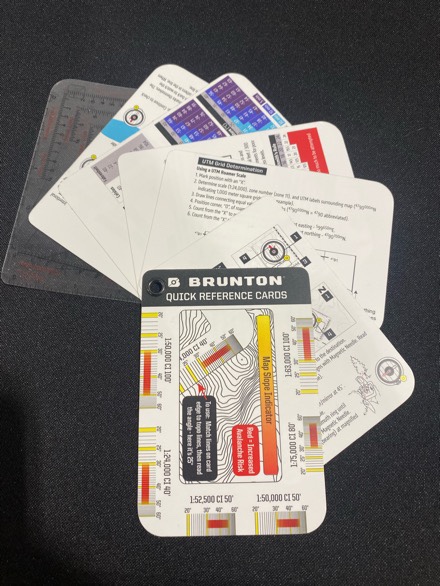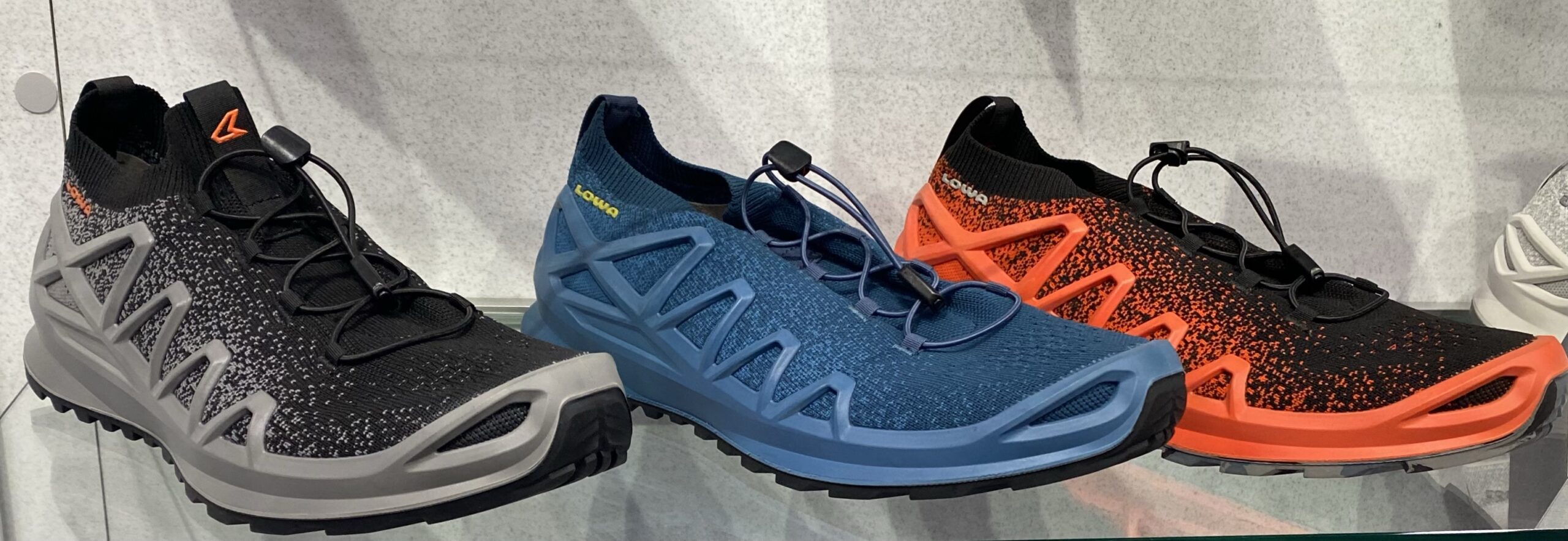The Eurosatory 2022 trade fair will see the premiere of the Caracal airborne vehicle family. In partnership with Mercedes-Benz and ACS Armoured Car Systems, Rheinmetall has tailored the new versatile and highly mobile 4×4 vehicle family to the requirements of platforms for airborne or special operations units. Now the new vehicle system, designed to the highest Original Equipment Manufacturer standards, will be presented for the first time to a wider circle of professionals.
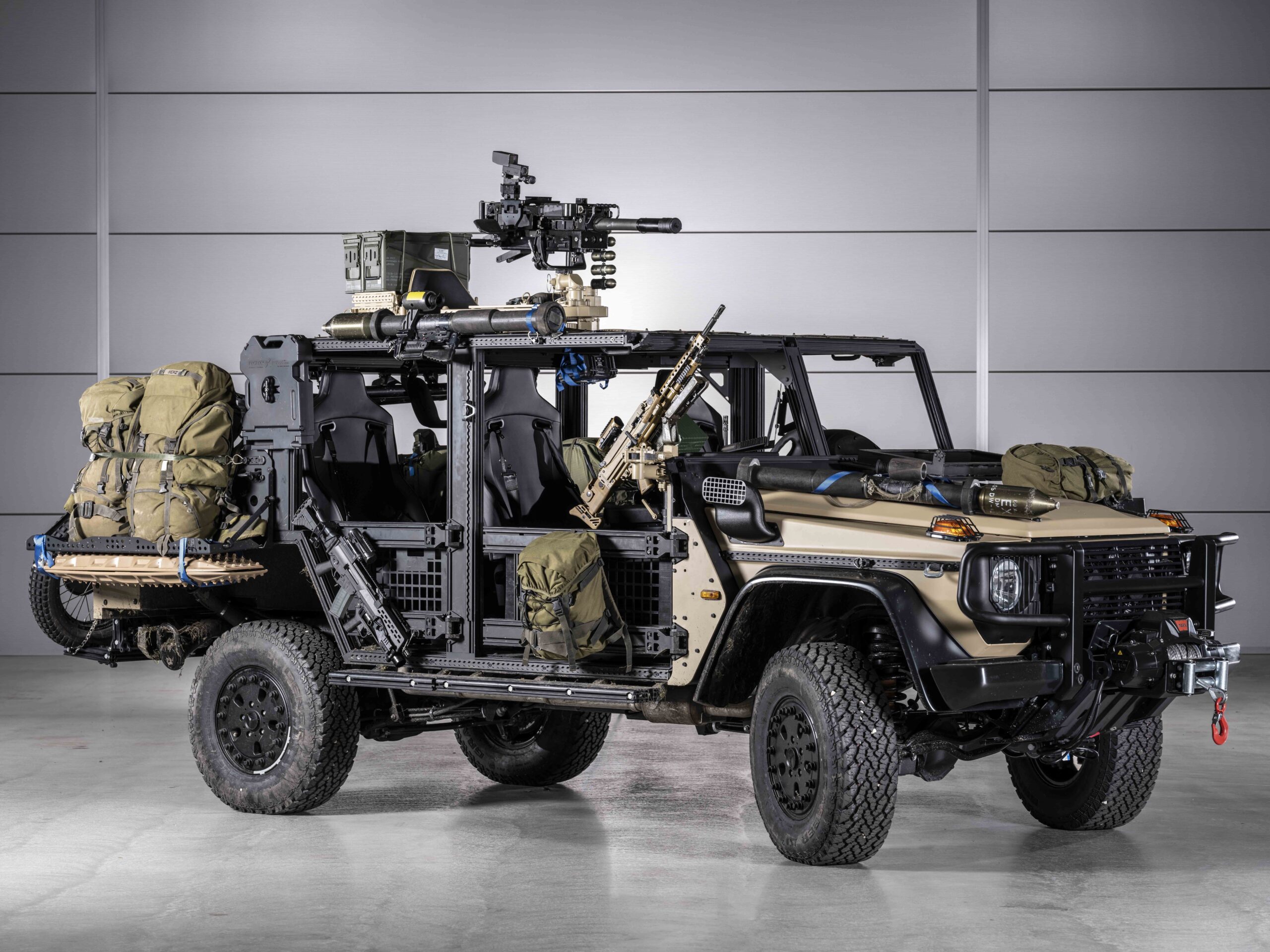
The new family of airborne Caracal vehicles is based on the latest G-class chassis for rescue and special operations. The Caracal features maximum mobility, a lightweight design and optionally mountable protection elements for countering ballistic and landmine threats. Its 249 horsepower, six-cylinder Euro III diesel engine gives the 4,900 kg vehicle a top speed of 140 km/h.
The Caracal’s compact design makes it possible to airlift up to two vehicles in the cargo hold of a CH-53K King Stallion or CH-47F Chinook transport helicopter, which can also carry it as underslung cargo.
Thanks to its unique modular design and two available wheelbases, the Caracal can be employed in a variety of roles during airborne operations – as a basic troop carrier or medical support vehicle, for example, or as supply vehicle – all on one automotive platform.
The Caracal will be ready for full-scale production starting in 2023. Rheinmetall offers full lifecycle support for a period exceeding twenty years.
Eurosatory 2022 takes place in Paris 13 to 17 June. Under the motto “Move – Sense – Strike”, Rheinmetall is showcasing part of its comprehensive range of products and activities there. Occupying an exhibition area of around 3,000 square metres, Rheinmetall’s presence this year will be its biggest ever at Eurosatory. The emphasis is on reconnaissance capabilities, networkability, mobility, survivability and lethality on the battlefields of the future. We look forward to welcoming you at Stand F241-240 in the outdoor area behind Hall 6!
